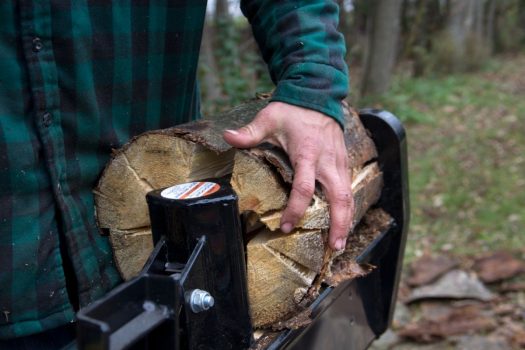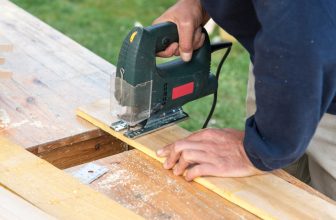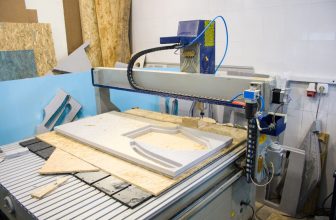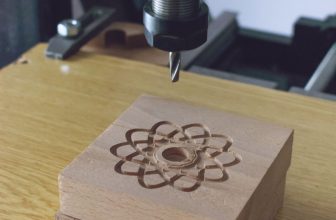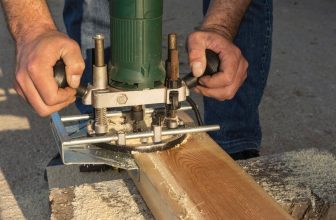Contents
Heating your home or cottage with wood will take a steady supply of split logs.
There are few methods of home heating as rewarding as burning wood you have cut on a roaring fire; the physical work required to split wood is wholly unique to any other method of house warming.
The sense of accomplishment when your house is warm and toasty during those chilly winter months, knowing your hard work is fuelling the fire keeping you and anyone else in the home warm.
If you grew up in a home with a fireplace, you probably have many fond memories of splitting wood with family.
These memories can last a lifetime and be passed on to the next generation.
So if you fancy putting some logs on the fire this winter but are not sure when to start, read on and find the best way to split wood.
Ways To Split Firewood
Splitting firewood is similar to other practical hands-on skills. All it takes to master is two things, the knowledge and the right tools for the job.
The knowledge will come from experience, and the best way to get this is to start your wood cutting journey by learning from someone who has mastered the art of cutting and splitting wood.
The tools you will need are the ones that work best for you, depending on how much wood you are planning to split and how long you wish to spend doing it.
So if you are a complete novice, here are four options for splitting wood.
Splitting Ax
A splitting ax, also called a splitting maul, is one of the simplest ways to start splitting firewood.
The simple tool features a large, heavy, wedge-shaped steel blade attached to a longer, more sturdy handle.
The use of the ax is to swing it downwards and strike the thin edge of the head into the wood’s surface, which will then split the wood.
Take the two pieces of wood, stand them on their ends, and then split them again.
Repeat this process until the pieces of wood are as thin as you would need.
The ax usually has a three-foot-long handle and a handle with a head that weighs eight pounds.
Splitting firewood with an ax is tiring and slow compared to a gas-powered splitter.
If you plan to split more than a bundle of wood each year, you would be better off using a gas-powered splitter.
Gas Powered Inertia Splitter
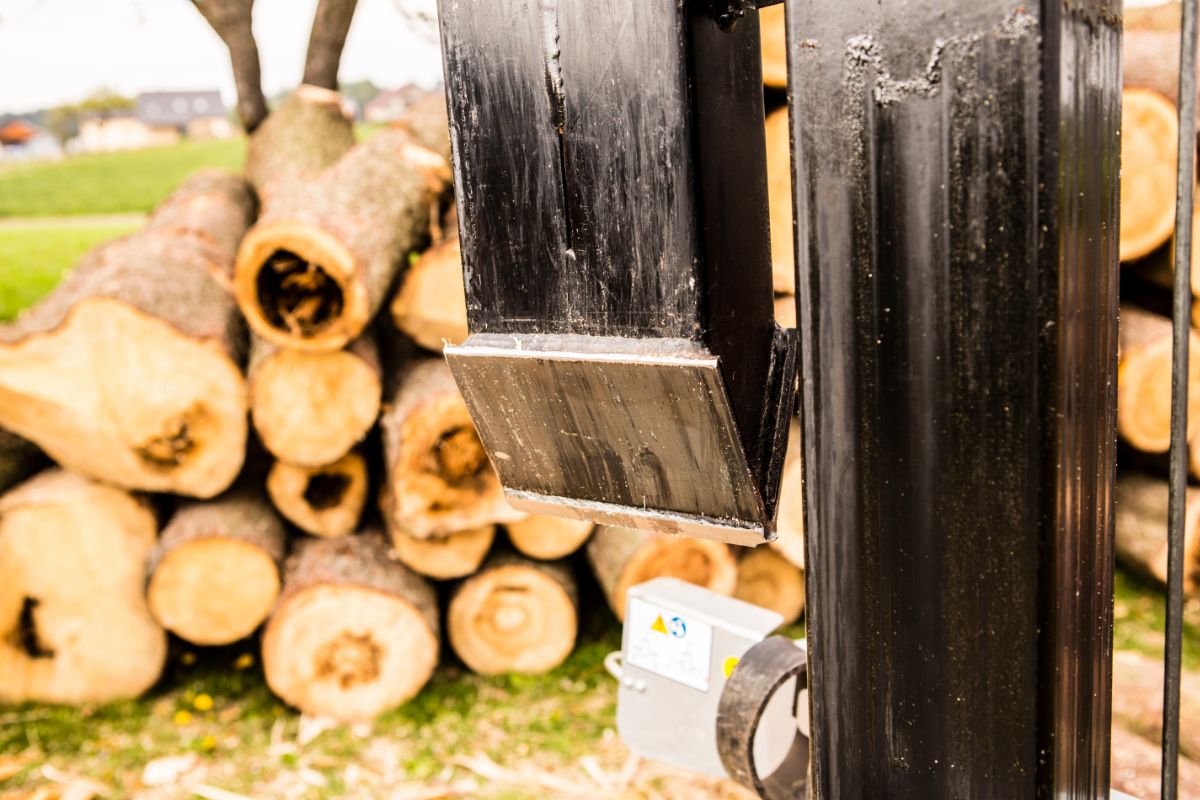
Known as a kinetic splitter, this machine utilizes the power of combustion to fly through your pile of firewood.
This type of splitter is the quickest way for homeowners to split firewood. It works with a lever connected to a moving wedge made of steel, via an internal flywheel and belt system.
Although the tonnage rating is high, a kinetic splitter can not maintain that force for long.
Knot-filled or twisted logs can often cause them to struggle and require several lever flicks to ensure the wood is fully split.
If you are looking for speed and the quantity of firewood production that you are after, then it’s hard to find anything better than an inertia splitter.
Gas Powered Hydraulic Splitter
This splitter is similar in appearance and operation to a kinetic splitter; a hydraulic machine is usually slower to split a log but much stronger, meaning it can last longer.
Using hydraulics instead of belts and flywheels means this machine can slice through any log like it’s nothing.
Hydraulic splitters are built to last with them being able to last more than a decade without failing once; even the toughest pieces of wood can be sliced like butter.
Manual Splitter
People like to split wood without dealing with big, loud gas-powered machines.
You may also lack the confidence or strength to swing an ax effectively. This is where the manual splitter comes into play.
A manual splitter is the first method many will learn when they are young.
It’s perfect for kids because it is much safer than just a standard ax.
It doesn’t require much skill or strength, but it’s the slowest method to split wood.
Best Way To Split Wood
Using the inertia splitter is the easiest method to split wood, so if you do pursue this method, here are the basic steps and safety precautions involved in splitting your firewood with an inertia splitter:
- Wearing a pair of safety glasses is essential, as is wearing earmuffs and thick workers’’ gloves. You should never do any wood splitting without wearing these items of protection.
- You should also wear a short sleeve shirt, tough work pants, and steel toe capped boots to ensure you protect yourself from any potential injuries from the sliced wood.
- Use a chainsaw to cut your firewood logs to the appropriate splitting length. This should be the length of your fireplace or wood stove.
- Check the gas and oil and then fire up your inertia splitter; this can be done with the pull cord.
- Lift one of your logs and place it onto the bed of your splitter, positioning the log so that it rests against the steel baseplate.
- Make sure to hold your hands well away from the wedge and log, pull the lever, hold it in, and then position it until it fully splits the log.
- Retract the lever, and wait to move another wedge back to its starting position. Then position another one of the split log halves against the baseplate and repeat the process until you are happy with the size of the logs.
If you do not wish to split wood, you can always buy it pre-cut.

